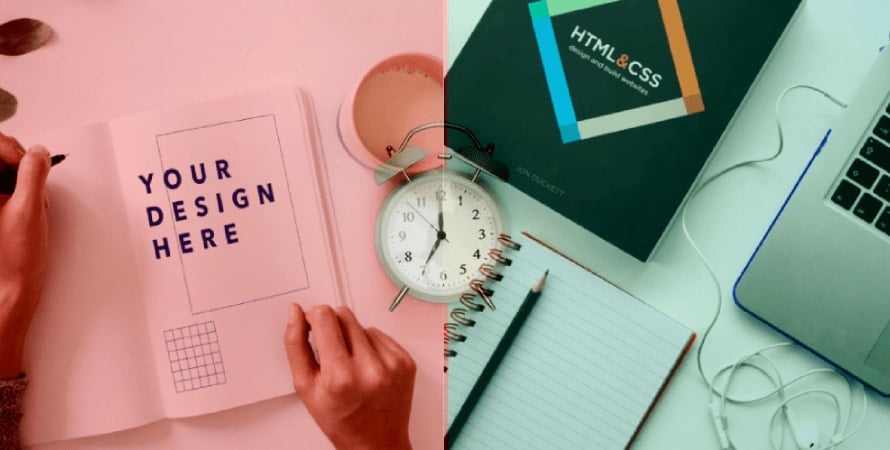Index Surge: Amplifying Your Insights
Stay updated with the latest trends and news across various industries.
Pixel Perfect Pizzazz for Your Website
Transform your website with Pixel Perfect Pizzazz! Discover design tips that captivate and convert visitors into loyal fans.
Top 5 Design Principles for Pixel Perfect Web Layouts
Creating a visually appealing and functional website hinges on a few key design principles that ensure pixel perfect web layouts. First and foremost is the concept of alignment. Each element on a page should be strategically placed to guide the viewer's eye across the layout seamlessly. This ensures that the content is not only aesthetically pleasing but also easy to navigate. Additionally, contrast plays a vital role; utilizing contrasting colors and typography can highlight important elements and make them stand out, improving overall usability.
Another essential principle is consistency. This involves using the same fonts, colors, and design elements throughout the site to create a cohesive look and feel. To achieve a truly pixel perfect web layout, consider implementing a grid system that helps to maintain proportions and relationships among elements. Finally, never underestimate the importance of white space; it helps to reduce cognitive overload by allowing the content to breathe, enhancing user experience. By adhering to these principles, you will elevate your web design to new heights.

How to Achieve Visual Pizzazz Without Sacrificing Performance
Achieving visual pizzazz in your web design doesn't have to come at the cost of performance. To enhance the aesthetic appeal of your site while ensuring it loads quickly, start by optimizing images. Use modern formats like WebP or AVIF to reduce file sizes without sacrificing quality. Additionally, consider implementing lazy loading, which postpones the loading of images until they are about to enter the viewport, thus improving initial load times. Furthermore, incorporating CSS animations can add a dynamic flair to your pages without the heavy lifting of JavaScript, ensuring your site remains lightweight and responsive.
Another key strategy is to prioritize responsive design. By utilizing frameworks like Bootstrap or CSS Grid, you can create visually stunning layouts that adapt seamlessly across various devices. This not only enhances user experience but also contributes positively to your SEO efforts, as search engines favor mobile-friendly sites. Lastly, implement performance monitoring tools to evaluate the impact of your visual elements on load times. Tools like Google PageSpeed Insights can offer valuable recommendations, enabling you to strike the perfect balance between aesthetics and performance.
The Ultimate Guide to Choosing the Right Color Palette for Your Website
Choosing the right color palette for your website is crucial for creating the desired mood and effectively communicating your brand identity. A well-thought-out color scheme not only enhances aesthetic appeal but also guides user experience and engagement. To begin, consider your target audience and the emotions you wish to evoke. For instance, using warm colors like reds and oranges can create a sense of warmth and excitement, while cool colors such as blues and greens tend to convey calmness and professionalism. Explore examples from your industry to identify color trends that resonate with your potential visitors.
When selecting your color palette, remember to adhere to some fundamental principles:
- Limit Your Colors: A cohesive palette usually comprises two to four main colors.
- Contrast is Key: Ensure sufficient contrast between text and background colors for optimal readability.
- Consider Accessibility: Make sure your color choices cater to individuals with visual impairments by using tools that simulate color blindness.